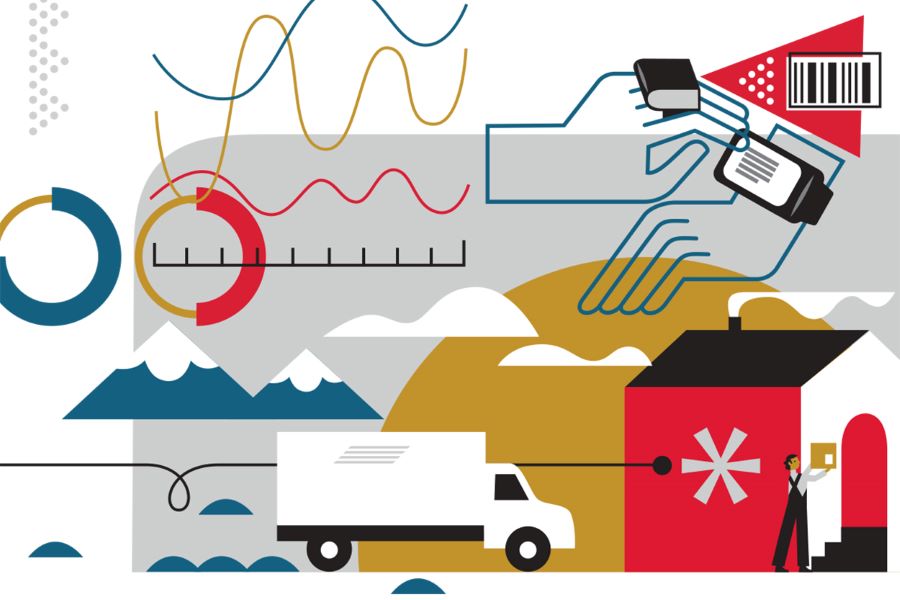Logística de Transporte
Industrias

The e-commerce marketplace never stands still for long. As the barriers to entry continue to lower and competition heats up, brands must be proactive if they expect to secure customer loyalty over the long term. So, what trends and technologies should e-commerce merchants keep in their sights as we head into 2024 and beyond?
The past couple of years have not been an easy ride for retailers. Rising inflation, shrinking consumer spending, and surplus inventory challenges have stifled efforts to recover from the disruption caused by COVID-19. The Consumer Confidence Index® has shown a marked decline during Q3 as consumers worry about a possible recession, indicating that the troubles are not over yet.
Circularity and circular economies are major buzzwords in e-commerce. But this can be applied in far more ways than just social and environmental sustainability. Circular thinking means that every step of your strategy - from inventory management to resale - should reinforce and future-proof against waste or disruption.
For example, building recurring revenue via subscription models offers a natural path to decreasing what gets lost to customer churn. Likewise, reducing incidences of split shipments not only reduces packaging waste but also saves valuable dollars on shipping costs that you can re-invest back into your operation.
In sum, circularity is all about taking a comprehensive view of your operation and preventing those all-important repeat customers from slipping through the cracks. E-commerce brands need to think carefully about how they can maximize every stage of their operation to deliver cost savings and fresh revenue opportunities - starting before orders are even placed.
With e-commerce brands finding it more difficult to acquire customers and keep them, it’s never been more important to think outside the box and embrace a circular approach to retail which is more resistant to disruptions in the marketplace.
In the face of economic uncertainty and increasingly skeptical consumers, brands need to evaluate each stage of their operation to understand where a lack of efficiency or clunky technology is causing a loss of valuable time and resources. While some wasted packaging or a few units of excess inventory taking up storage space might not seem like a major concern, these costs will quickly add up and cause valuable dollars to ‘leak’ out of your operation.
Circularity in e-commerce encompasses far more than conventional ideas of sustainability. It's a holistic strategy that has an application within every facet of your business. Customer support, shipping optimization, and even the secondary resale market all offer lucrative opportunities for merchants to recover revenue and reinvest back into their operations - all the while offering their customers a more streamlined and enjoyable experience.
The result? A healthier, more resilient business that can weather those inevitable peaks and troughs in the marketplace. Whether it's through innovative subscription models that foster more recurring revenue or inventory models that reduce environmental impact via smarter allocation of surplus inventory, circular approaches to e-commerce are an effective way to turn the common challenges of being an online seller into opportunities.
In our final e-book for this year, we’re diving into what e-commerce businesses should be thinking about as we turn the page and head into 2024. From building inventory back better with Ghost to utilizing new communication tools with Gorgias, and the power of mobile apps with Tapcart, Ryder and a handful of our top partners are bringing clarity to an uncertain landscape where recession is looming. Download Turning the page: Preparing for the Next Frontier of E-commerce.